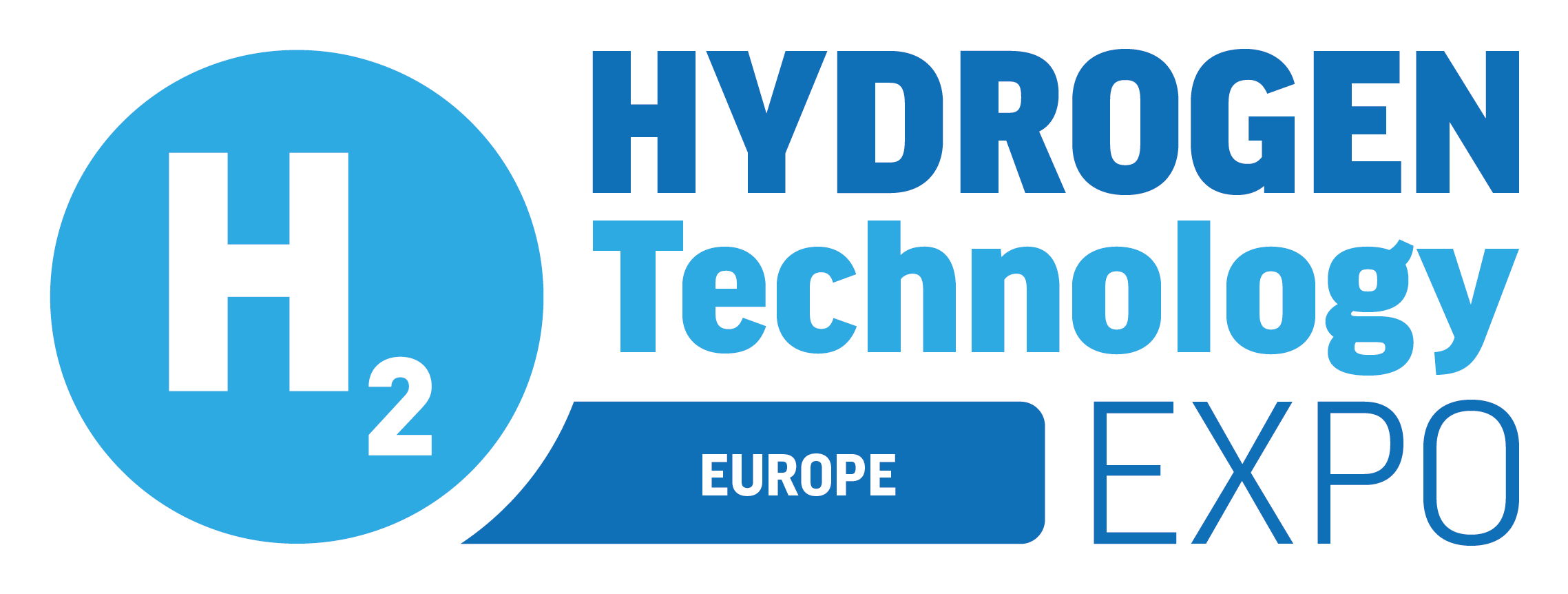Next-gen hydrogen fuel cell is said to halve costs whilst trebling power density, according to Honda
)
Honda Motor Co. has now revealed their new next-generation fuel cell module. One of the most impressive things about this new fuel cell module, is that according to Honda, it ‘costs half as much to produce and is more than twice as durable as the current model.’
It was back in 2016 when the company released their first-generation module and this version was predominantly for use within the company’s Clarity fuel cell car. After this version, the current system came around and this version was developed with General Motors (GM) and it was dedicated to use within the CR-V fuel cell electric vehicle (FCEV). This 250kW generator was known for starting up in only ten seconds and on top of this, it was possible for four of the units to be linked in a series. This ability meant that a single series could deliver a total of 1MW.
The current CR-V fuel cell system which is used by Honda, came into operation in 2024 and was created with a volumetric power density of 0.16 kW/L. This meant that the new module had the capacity to offer over three times the energy density within the same amount of space.
Right now, the well-known Japanese auto giant, is focused on independently developing the 150kW module, in order to replace the module they are actively using.
During development of the new module, the firm specified that it should be able to offer a maximum efficiency of 59.8% and should also have a volumetric density of 0.5kW/litre and finally, a total volume of 300 litres. Currently the mass production of this new module has been scheduled for 2027.
Honda has stated that, along with the module, the company has ‘plans to mass produce a fuel cell power generator from 2026 to provide electricity from hydrogen to “large facilities such as factories and offices.”’
Honda mentioned that, ‘the new PEM system’s manufacturing costs will be half those of the current model. It will also more than double its durability and increase its volumetric power density by “more than three times.”’
On top of this, Honda also suggested that the company may be moving ‘away from a pure hydrogen car focus by “expanding domains for application of the system and sales regions.”’




)
)
)
)
)
)
)
)
)
)
)
)
)
)
)
)
)
)
)
)
)
)
)
)

)
)
)
)
)
)
)
)
)
)
)
)
)


)
)
)
)
)
)
)
)
)
)
)
)

)

)
)
)

)
)
)

)
)
)
)
)
)
)
)
)
)
)


)
